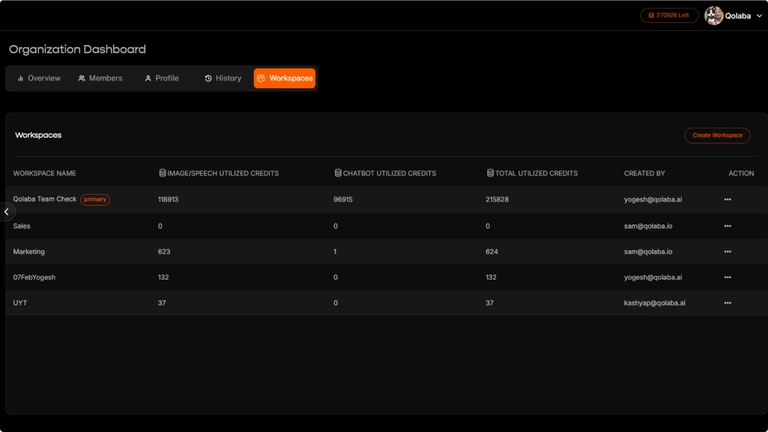Chief Technology Officers face mounting pressure to demonstrate measurable returns on AI investments, with 73% of executives reporting difficulty quantifying AI platform ROI beyond basic productivity metrics. The challenge isn’t just selecting the right AI tools, it’s implementing measurement frameworks that capture true strategic value while avoiding the common pitfalls of vanity metrics that don’t translate to bottom-line impact.
Understanding authentic AI platform ROI requires looking beyond surface-level adoption rates to examine fundamental business transformation, competitive positioning, and long-term organizational capabilities that drive sustained growth and market advantage.
Beyond Traditional ROI Metrics

Most organizations measure AI platform success through outdated frameworks that fail to capture the strategic value these technologies provide. Traditional metrics like cost-per-user or time-saved-per-task miss the transformative impact of AI on business models, market positioning, and organizational agility.
Strategic Value Indicators
- Revenue acceleration through improved decision-making speed
- Market share gains from enhanced customer experience capabilities
- Competitive moats created through proprietary AI implementations
- Organizational learning curve advantages over industry peers
Risk Mitigation Value
AI platforms provide significant value through risk reduction that traditional ROI calculations often overlook. Consider cybersecurity improvements, compliance automation, and reduced human error rates as quantifiable benefits that protect existing revenue streams.
Cost Structure Optimization

Modern CTOs must evaluate AI platform costs holistically, including hidden expenses that can dramatically impact long-term ROI calculations. The most expensive AI implementation isn’t necessarily the subscription fee—it’s often the integration complexity, training requirements, and ongoing maintenance costs.
Total Cost of Ownership Components
- Platform licensing and usage fees
- Integration and customization expenses
- Training and change management investments
- Ongoing maintenance and support requirements
- Opportunity costs from implementation delays
Scalability Cost Analysis
Examine how platform costs evolve as your organization grows. Per-seat pricing models can create exponential cost increases that destroy ROI at scale, while usage-based pricing provides more predictable scaling economics.
Measuring Business Transformation Impact

The highest-value AI platforms enable fundamental business model evolution rather than simply automating existing processes. CTOs should prioritize measuring transformation metrics that indicate strategic competitive advantages.
- Innovation Velocity Metrics: Track how AI platforms accelerate product development cycles, reduce time-to-market for new initiatives, and enable experimentation that wasn’t previously feasible. These improvements often provide 10x returns compared to simple efficiency gains.
- Customer Experience Enhancement: Quantify improvements in customer satisfaction, retention rates, and lifetime value attributable to AI-powered personalization, support automation, and predictive service delivery.
- Market Responsiveness: Measure your organization’s improved ability to respond to market changes, competitive threats, and emerging opportunities through AI-enhanced analytics and decision-making capabilities.
Vendor Consolidation and Strategic Efficiency

Platform proliferation creates hidden costs and strategic inefficiencies that smart CTOs actively manage. The number of AI tools in your tech stack directly impacts organizational complexity, security risk, and management overhead.
- Vendor Management Efficiency: Evaluate platforms that consolidate multiple AI capabilities, reducing vendor relationships, contract negotiations, and integration complexity. Single-platform solutions often provide 30-40% better ROI than tool-specific implementations.
- Security and Compliance Benefits: Consolidated AI platforms reduce security surface area and simplify compliance management. These benefits compound over time as regulatory requirements intensify and security threats evolve.
Team Productivity and Collaboration ROI

Individual productivity gains pale compared to enhanced team collaboration capabilities that AI platforms can enable. CTOs should focus on measuring collective intelligence improvements rather than isolated efficiency metrics.
- Collaboration Multipliers: Track how AI platforms enable cross-functional team effectiveness, reduce communication friction, and accelerate collective decision-making processes. These improvements often provide exponential returns as team size increases.
- Knowledge Management Value: Quantify improvements in organizational knowledge capture, sharing, and application. AI platforms that enhance institutional memory and reduce knowledge silos provide compounding value over time.
Competitive Advantage Sustainability
Short-term efficiency gains don’t create sustainable competitive advantages—strategic differentiation comes from AI capabilities that competitors cannot easily replicate. CTOs must evaluate platforms based on their potential to create defendable market positions.
- Proprietary Data Advantages: Platforms that enable unique data utilization and proprietary AI model development provide more sustainable competitive moats than generic productivity tools.
- Speed-to-Market Benefits: Measure how AI platforms accelerate your organization’s ability to capitalize on market opportunities compared to competitors using traditional methods or inferior AI implementations.
Qolaba AI: Strategic ROI Through Flexible Economics

Qolaba AI’s credit-based pricing model provides CTOs with unprecedented cost predictability and scaling flexibility that traditional per-seat platforms cannot match. Organizations pay only for actual AI usage rather than theoretical capacity, enabling accurate ROI measurement and budget forecasting. The platform’s consolidation of 50+ AI models into a single workspace eliminates vendor management complexity while providing enterprise-grade security and compliance features that reduce operational risk and administrative overhead.
Implementation Timeline and Change Management

The speed of AI platform adoption directly impacts ROI realization. Platforms requiring extensive technical integration or complex training programs delay value creation and increase implementation risk.
Focus on solutions that enable rapid deployment and user adoption while providing the depth of capabilities needed for long-term strategic value. The best AI platforms deliver immediate productivity benefits while building toward transformational business impact.
Ready to maximize your AI platform ROI with strategic cost flexibility? Discover how Qolaba AI’s unique pricing model delivers measurable strategic value while eliminating traditional scaling penalties that destroy long-term returns.





